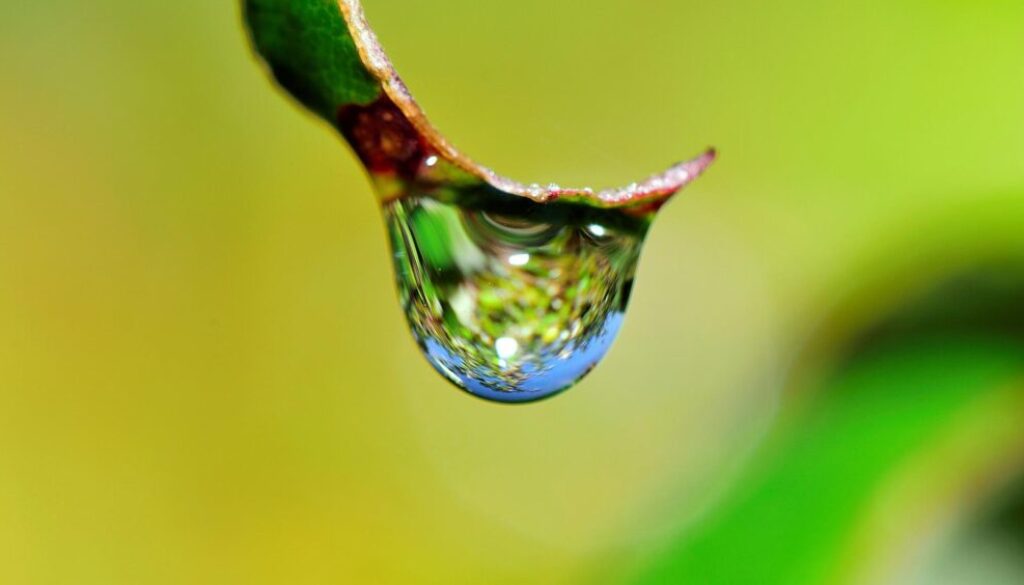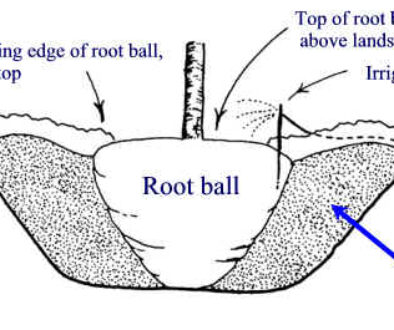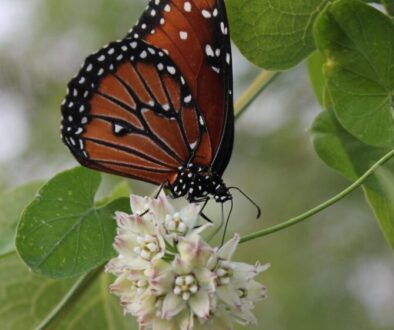Why are Irrigation Repair Costs Always Highest in September and October?
Why Are Irrigation Repair Costs Always Highest in September and October?
If you’re part of an HOA with grassy parks and other turf areas, you may have wondered why irrigation repair costs are so much higher in September and October than in other months of the year. Well, that’s because those months are overseeding season in Arizona.
Irrigation System Performance is Key to Winter Overseeding
The short answer is that when we overseed heat-loving Bermuda grass with cool-weather perennial ryegrass, we need the irrigation system in tip-top shape to water the new seeds evenly. In preparation, the landscape crews make a lot of adjustments to, repairs to and replacements of rotary and pop-up sprinklers in August and September that hit the HOA payables in September and October.
And here’s the reason for all that prep: if the little ryegrass seeds don’t get wet and stay damp, they won’t germinate to grow.
Rye Grass Seeds Need to Stay Damp to Germinate
If seed germination isn’t a familiar topic, here’s the long answer. The landscape crews begin preparing for the overseeding process in August and September by no longer putting down fertilizer and then cutting back on water to slow Bermudagrass growth. Gradually lowering the mow height on the Bermudagrass throughout September scalps it to expose more of the soil surface where the perennial ryegrass will grow. Then, when nighttime temperatures fall below the magical 65-degree Fahrenheit mark, usually by early October, conditions are perfect to spread the perennial ryegrass seed over the Bermudagrass stubble and restart the irrigation.
Through all these steps, the landscape crews are paying careful attention to the sprinklers. In each turf area, they are making sure the angle, distance and volume of water from each sprinkler adds up to an even distribution of water to that area. Too little water, and some or all the perennial ryegrass seeds won’t germinate. Too much water, and the seeds will drown or wash away. The sprinklers must irrigate evenly so each seed germinates into a ryegrass plant.
Poor Sprinkler Coverage Causes Bare Spots
If part of your turf—like the edges or the center–doesn’t fill in with lush new ryegrass due to poor sprinkler coverage, it not only looks bad, but also it costs your HOA twice for the second application of seed and water to fill in the missing ryegrass. Perpetually wet areas and low spots may require more extensive reconstructive repairs and are probably another blog for another day.
So next time you review your neighborhood’s irrigation repair budget and expenses, you’ll know why the HOA has to budget to spend more on irrigation in September and October than in other months of the year.




